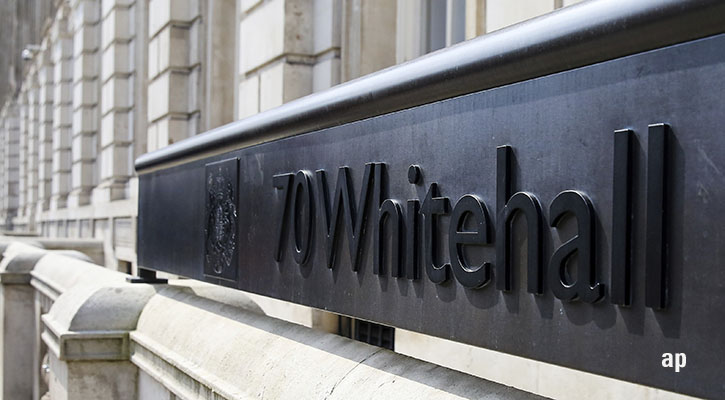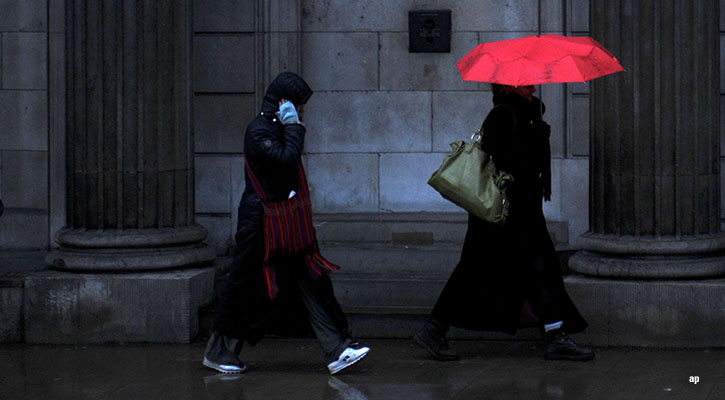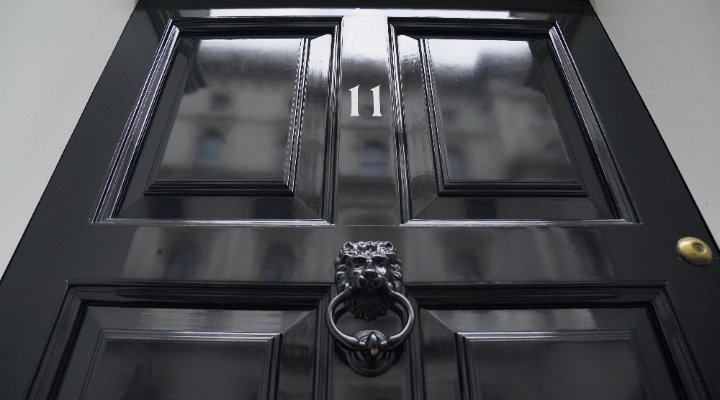
There was mixed news for the government today in July’s borrowing figures.
On the plus side, public sector net borrowing came in £1.7 billion lower than forecast at £4.3 billion, according to the Office for National Statistics (ONS). But this was £900 million more than last year. More concerning: that £4.3 billion was the fifth-highest July borrowing figure on record after July 2020, 2009, 2010 and 2011 as the government borrowed more after the 2008 crash. Comparable records go back to 1993, so this is a near-30-year high.
On the plus side, higher-than-expected tax from self-assessment and VAT returns boosted the government coffers last month, as well as higher wages.
July is a low-key month for government data; parliament is in recess and these figures are only four months into the financial year, so comparison figures have to be taken lightly. So far this financial year, starting April, public sector net borrowing was £56.6 billion, £13.7 billion more than in the same period last year but £11.3 billion less than the £68.0 billion forecast by the Office for Budget Responsibility (OBR), the independeent body that makes economic forecasts on the government's behalf.
In the most recent financial year just gone, the UK government borrowed £139.2 billion in the 2022-2023 financial year, £18.1 billion higher than the previous year. This was the fourth highest government borrowing on record, the ONS said.
Any Scope for Giveaways?
The ongoing pattern is for borrowing figures to be near record levels, but to undershoot forecasts. Continually high borrowing figures mean the chancellor, Jeremy Hunt, maintains the message that fiscal responsibility is key. But better-than-expected figures raise the prospect of potential tax cuts ahead of the General Election. In political circles this is known as "wiggle room".
Reactions are mixed today at the scope of the chancellor’s options heading into 2024. Julian Jessop, economics Fellow at the free market think tank the Institute of Economic Affairs, is cautious, especially with inflation sticking around.
"Higher inflation will boost spending on the state pension and benefits, while higher interest rates will increase the cost of servicing debt. This will limit the room for permanent tax cuts, without matching cuts in other spending," he said.
"But there will be some other offsets. The higher levels of wages, profits and prices will also boost tax revenues."
One particular sticking point is inflation, which has made payments made on index-linked government bonds more expensive for the Treasury – they’re linked to the Retail Price Index, which came in at 9% in July.
Although this is lower than 10.7% in June, the cost of servicing government debt hit £7.7 billion in July, a new record for the month and £1.5 billion higher than in July 2022. While issuing gilts or government bonds is a standard way of raising money for spending, it has become increasingly expensive in the high-inflation era.
Look on The Bright Side
With inflation far from conquered, this remains a worry for the government – and of course the Bank of England, which is keen to stress that the medicine has not yet worked.
"Yields for longer-dated government bonds have also risen over the last few months, as interest rate expectations have shot up due to the stubborn nature of inflation, which are also set to come back to bite in terms of higher debt interest spending," says Hargreaves Lansdown's head of money and markets Susannah Streeter.
"So, although there may be reason to be cheerful this month, a gloomier snapshot of on the public sector finances may be on the way."
Net debt as a percentage of GDP, a figure that is referred to continuously in Budget speeches, was 98.5% in July. Last month the government said this had exceeded 100%, so our debt was higher than the country’s economic output. While that sounds scary, it's familiar territory for advanced economies: Japan's debt is more than 200% of GDP.
And that's the final sweetener. Handily for the government and for the Treasury specifically, higher GDP figures means the percentage is now below 100% once more; precious good news amid much economic gloom.




























